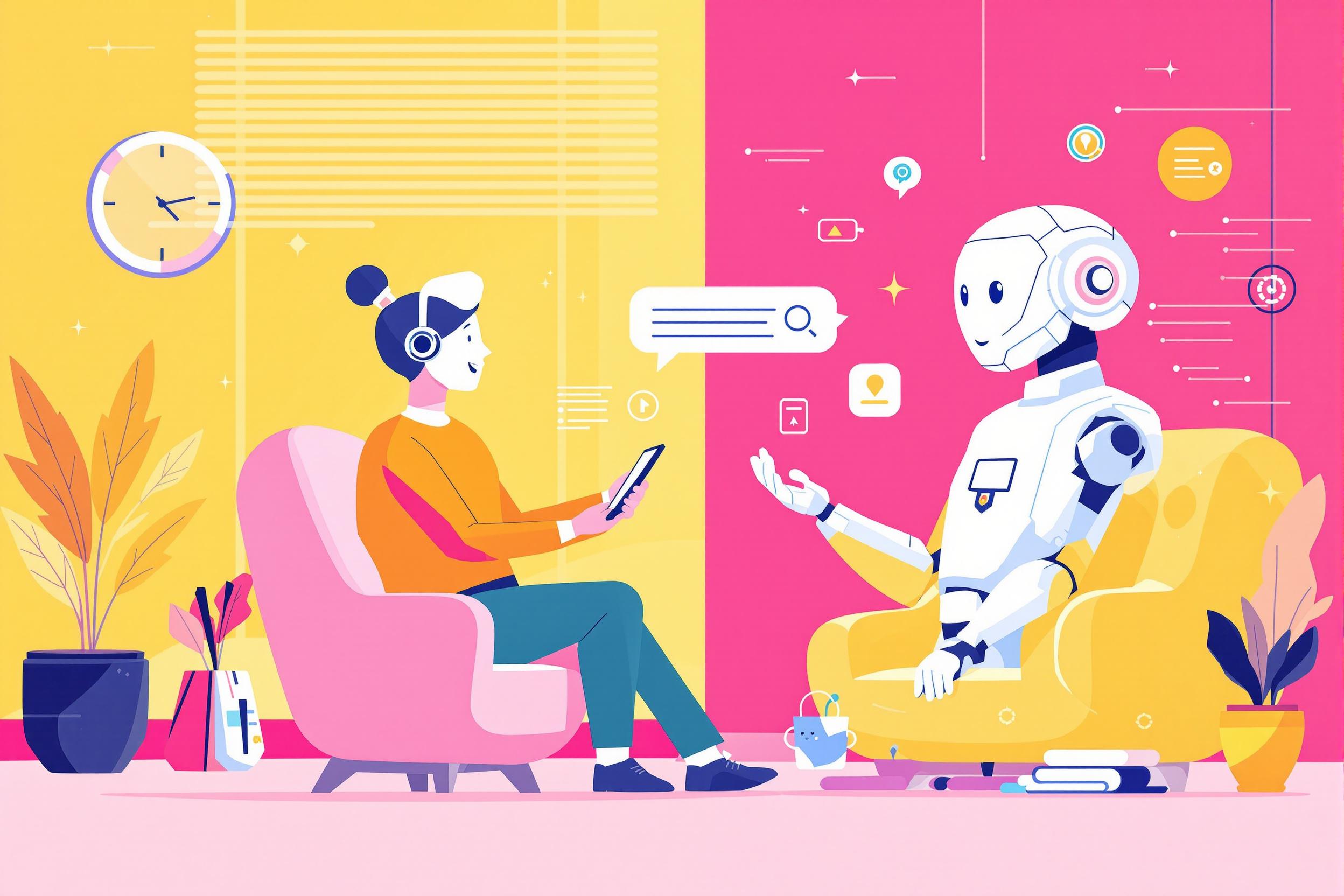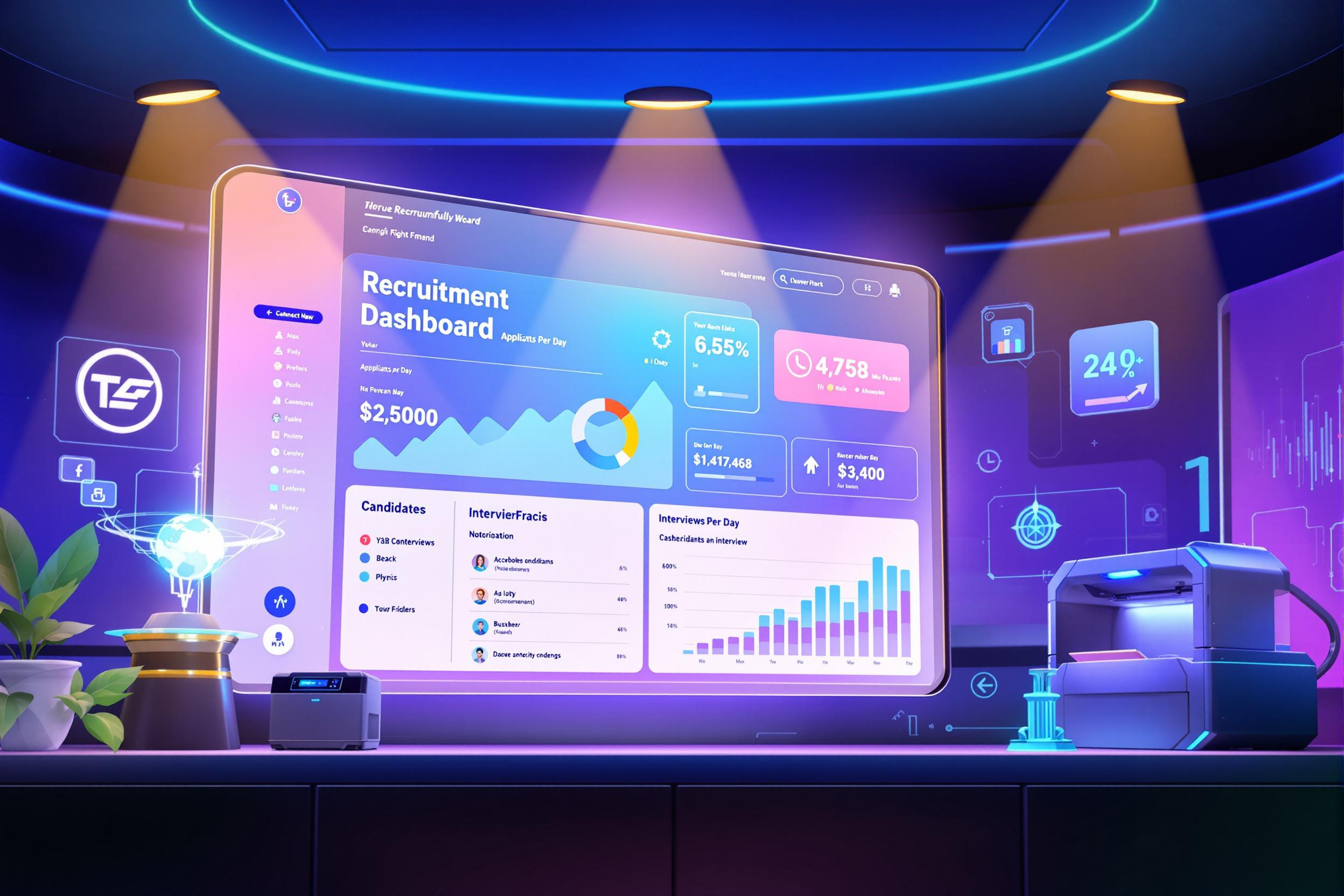
Speech-to-Text
Speech-to-Text is a helpful technology that converts spoken words into written text in real-time. It's commonly used to assist people who are deaf or hard of hearing, making spoken content accessible in written form. Think of it like having a person type out everything that's being said, but done by a computer. This technology is also sometimes called 'real-time captioning' or 'voice recognition.' It's used in many settings like classrooms, meetings, or medical appointments to ensure everyone can follow conversations and presentations.
Examples in Resumes
Provided Speech-to-Text services for students in university lectures and seminars
Trained staff on using Speech-to-Text and Real-Time Captioning systems for accessibility compliance
Implemented Voice Recognition solutions for medical appointments to assist hearing-impaired patients
Typical job title: "Speech-to-Text Specialists"
Also try searching for:
Where to Find Speech-to-Text Specialists
Professional Organizations
Online Resources
Example Interview Questions
Senior Level Questions
Q: How would you handle a situation where multiple speakers are talking simultaneously during a meeting?
Expected Answer: A strong answer should include strategies for managing multiple speakers, such as working with moderators, using speaker identification techniques, and maintaining accuracy in challenging situations.
Q: Describe your experience training others in Speech-to-Text services.
Expected Answer: Should demonstrate leadership experience, ability to create training programs, and knowledge of best practices in teaching others about accessibility services and technology.
Mid Level Questions
Q: What strategies do you use to maintain accuracy during long sessions?
Expected Answer: Should discuss techniques for maintaining focus, taking breaks, proper positioning, and using any relevant software features to ensure consistent quality.
Q: How do you handle technical difficulties during a live session?
Expected Answer: Should explain backup plans, troubleshooting steps, and communication protocols with clients when technical issues arise.
Junior Level Questions
Q: What is your typing speed and accuracy rate?
Expected Answer: Should be able to discuss their current capabilities and how they're working to improve them, including specific words-per-minute rates and accuracy percentages.
Q: How do you prepare for different types of content or subject matter?
Expected Answer: Should explain research methods, vocabulary preparation, and strategies for handling unfamiliar terms or concepts.
Experience Level Indicators
Junior (0-2 years)
- Basic typing speed and accuracy
- Familiarity with caption software
- Understanding of deaf culture
- Basic knowledge of accessibility standards
Mid (2-5 years)
- Advanced typing speed and accuracy
- Experience with multiple software platforms
- Technical troubleshooting abilities
- Knowledge of specialized vocabulary
Senior (5+ years)
- Training and supervision of other providers
- Program development and implementation
- Quality assurance management
- Expertise in accessibility regulations
Red Flags to Watch For
- Inadequate typing speed or accuracy
- Poor grammar and spelling skills
- Lack of experience with accessibility software
- No understanding of accessibility needs
- Unable to maintain focus for extended periods
Related Terms
Need more hiring wisdom? Check these out...

Speak Up! How Voice Search Is Changing Job Listings and What HR Needs to Do About It

From Wait Times to Chatlines: Why Chatbot-Based HR Self-Service Is the Future You've Been Avoiding

AI and Recruitment: How Natural Language Processing Improves Candidate Screening

